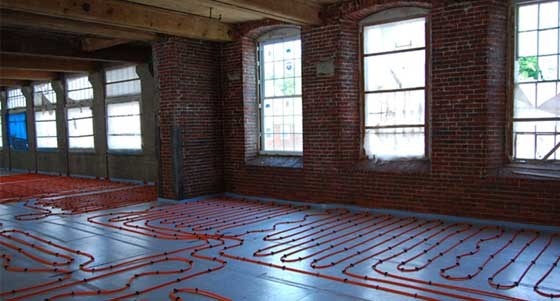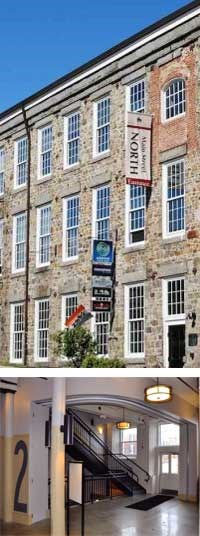Last updated: March 7, 2023
Article
Case Study: Newmarket Textile Mill, New Hampshire

The Newmarket mill redevelopment was part of the town's downtown revitalization strategy to provide new tax revenue, business opportunities and jobs. It stands as a tribute to this productive and hardworking community of the past and present.
In 1823, the Newmarket Manufacturing Company built its first mill along the Lamprey River, dominating the waterfront and the economy of Newmarket, New Hampshire. Harnessing water power at the base of the falls, the Waltham-type cotton textile manufacturing community eventually grew to include seven textile mills, with factory buildings, machine shop, office, storage buildings, and corporate boarding houses; totaling some 140 buildings in all. When raw cotton from the Southern states became hard to get during the Civil War, the company expanded operations to include the manufacture of silk textiles. During its peak production, 700 employees made up to 300,000 yards of cotton products each week, and 2.7 million yards of silk cloth each year. The mills operated continuously at this site until 1929 when a dispute between mill owners and workers erupted leading to their closure.

